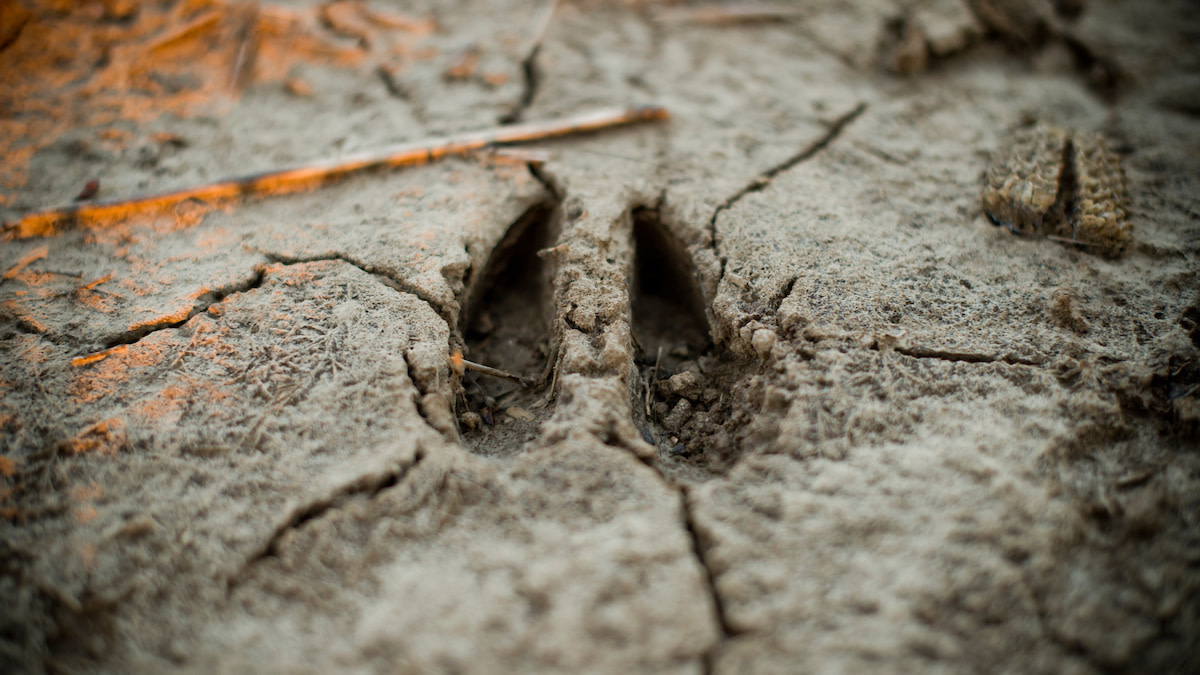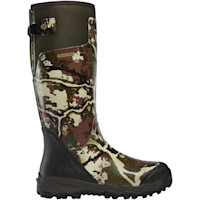
Late winter and early spring is, without question, my favorite time to be in the woods. A thin layer of snow, diverse habitat, and a season's worth of sign offer the makings for a whitetail hunter's best education. All the previous season’s sign stands out, and with the season having recently closed, you don't have to worry about pressuring the deer. These conditions make learning how the deer navigate and utilize the property more straightforward. Once the time of year and conditions are right, it's time to cinch up the boots and hit the deer trails.
This is when I want to backtrack deer to see how they use a landscape. The strategy is basic in nature—you’re just finding a food-to-bedding pattern. But as usual, the success is found in the details between the two.
Working From the Outside In The first step in piecing together where to find a buck is understanding their movement patterns and how they relate to different destinations. I like to start with a food source since this is where most of the deer are congregating this time of year to recover from the rut and fuel up for the colder weather and depleting food supply. I look for the most heavily used trails first. From there, I try to determine the direction of travel based on the tracks in the snow or mud. Ideally, you'll find some trails with tracks leading to and coming from the food source. If the property you hunt doesn't have food, identify the nearest food source in relation to your location and start with the travel routes leading to it.
Spokes On a Wheel As you begin backtracking from the food source to thick security cover, remember you're searching for areas where bucks will be spending most of their time in daylight. Envision a bicycle wheel. The wheel's spokes are the trails from the perimeter leading back to the wheel hub. The sign and travel routes get more consolidated as you backtrack these trails. These ultimately lead to the the hub of the wheel, which is most likely the bedding.
I want to be as efficient as possible, covering ground effectively. Backtracking hunting areas is about finding the most likely place for a mature buck, not just deer in general. With that in mind, now start eliminating the trails that look like they lead to open spaces or doe bedding areas, which are essentially dead-end routes (those doe bedding areas are revelevant during the rut, though). Use your map app and look ahead of your course to see if it leads to a thick transition, security cover, or potential bedding areas. It isn't always possible to identify these spots from a map alone, so you’ll need to walk some out completely. But it is an effective way to narrow your search when getting started.
To further narrow your search, look at the details within the trails themselves. What types of tracks are you seeing? Is there one set or multiple? Are there any big tracks at least four fingers wide? Are you seeing any big rubs or scrapes with high or large-diameter broken licking branches? If you answer no to any of these questions, keep looking at other trails.
Thinking Like a Buck Consider every reason a buck might be using a particular route. Terrain, wind, and sight advantage are the main factors I'm always thinking about. As fun as it is to see beat-down, intersecting trails and high-traffic areas, this really isn't where I'm focused. Sure, you can find some great ambush spots in these spots during the rut, but I spend most of my time looking for the thicker cover around these main trails. This is usually where concentrated buck sign and interior travel routes are. Along the way, drop pins or make note of rubs, scrapes, and locations where trails intersect. This sign is commonly just off of—or adjacent to—heavily used trails. These aren't necessarily ideal locations to set up on, but it's essential to identify which specific routes have bucks using them. This transitional cover allows bucks to follow and scent check doe groups around the rut and offers them security in the early season and late season.
As you get closer to the bedding or thick security cover, your hunt truly begins. Once you've found these areas, break them down as best as possible. Focus on the buck travel corridors extruding from the bedding. Think about how you would move if you were a buck. Ask yourself which routes are the most concealed and which are better based on varying wind directions. Reference your notes that got you to this point in your backtrack. Conclude the most likely preferred travel routes with good transitional cover and sign that led you to the bedding areas.
Take your time and analyze the details. Backtracking helps you find where these locations are. The next step is understanding why, when, and how a buck uses them. Now you're in the game. It's time to start planning your setup.
Feature image via Matt Hansen.








Conversation